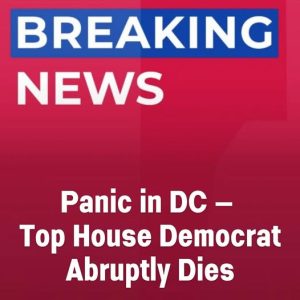Donald Trump has proposed a plan to sharply raise tariffs on foreign imports, collect that revenue for the federal government, and then redistribute part of it to eligible American citizens in the form of an annual “tariff dividend.” Under his public framing, the plan would deliver at least US$2,000 per qualifying person — with high-income individuals excluded — effectively turning trade levies into a form of direct financial relief for ordinary Americans. Trump presents the tariffs not merely as fiscal tools, but as instruments of national economic strength and leverage, arguing that foreign producers pay to access the U.S. market — thereby benefiting the country broadly.
On the surface, the idea appears straightforward and politically appealing: use “import taxes” to generate revenue and give back to citizens. It evokes parallels to past stimulus or rebate checks (for example during the COVID-19 era) and can be presented as pro-worker, pro-consumer, and pro-national sovereignty simultaneously. In campaign rhetoric, Trump frames it as a win-win: economic strength for the nation, plus direct cash for families. You captured that public framing well in your summary of the proposal.
However, economists and fiscal policy experts have raised significant doubts about the economics and logic of the plan. Multiple independent analyses point out a fundamental mismatch between projected tariff revenues and the cost of distributing a $2,000 payment to all (or most) Americans. According to the nongovernmental Tax Foundation, revenue from tariffs — even under expanded tariff policies — would not suffice to pay for the proposed dividend and simultaneously allow for debt reduction, contrary to Trump’s dual promises.
For instance, in fiscal year 2025, customs duties (tariff revenue) reportedly reached around US$195 billion — a large increase compared to 2024, but still representing less than 4% of total federal revenue. To give US$2,000 to 150 million adults (assuming that many qualify under income thresholds) would cost roughly US$300 billion; if children are included, the cost would climb toward US$600 billion — far outweighing likely tariff receipts. Even optimistic projections of increased tariff revenue (e.g. US$200–300 billion annually) appear insufficient to sustain recurring payouts without resorting to additional borrowing or cutting other spending.
Beyond the fiscal arithmetic, critics highlight an economic paradox: tariffs are effectively a tax on imported goods — costs that U.S. importers often pass down to consumers in the form of higher prices. That means everyday Americans might end up paying more — for electronics, clothing, food, building materials and more — precisely because of the tariffs. This undermines the notion that a “tariff dividend” would be a net gain for households; rather, it could erode their purchasing power and disproportionately harm lower- and middle-income families.
On top of the economic concerns, there are serious practical and legal hurdles. As of now, there is no formal legislation for the dividend proposal, no publicly available plan detailing how payments would be distributed (checks vs. tax credits vs. other mechanisms), or how eligibility would be verified. Even officials in his own administration appear cautious: Scott Bessent — the U.S. Treasury Secretary — reportedly said the “dividend” might not even take the form of direct checks, but rather could be embedded in broader tax legislation (for example, via tax cuts). Moreover, the legal foundation for the tariffs themselves is under question: courts are reviewing whether the unilateral tariff actions taken under the International Emergency Economic Powers Act (IEEPA) exceed presidential authority. If the tariffs are overturned, the revenue base underpinning the dividend disappears.
In effect, the proposal currently functions more as a rhetorical or political device than a viable economic policy. Supporters may view it as a bold populist measure to share trade-derived wealth with everyday Americans, bolster domestic consumption, and signal strength abroad. Critics, however, see it as a symbolic promise built on shaky fiscal assumptions, economic misunderstandings, and legal risk — unlikely to result in meaningful benefit. Until Congress drafts and approves formal legislation, provides detailed rules (who qualifies, how much, how and when paid), and until courts settle the legal status of the tariffs, the plan remains speculative. As you wrote, there is a profound tension between the appealing simplicity of the idea and the messy complexity of real-world economic implementation.




